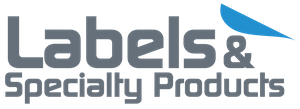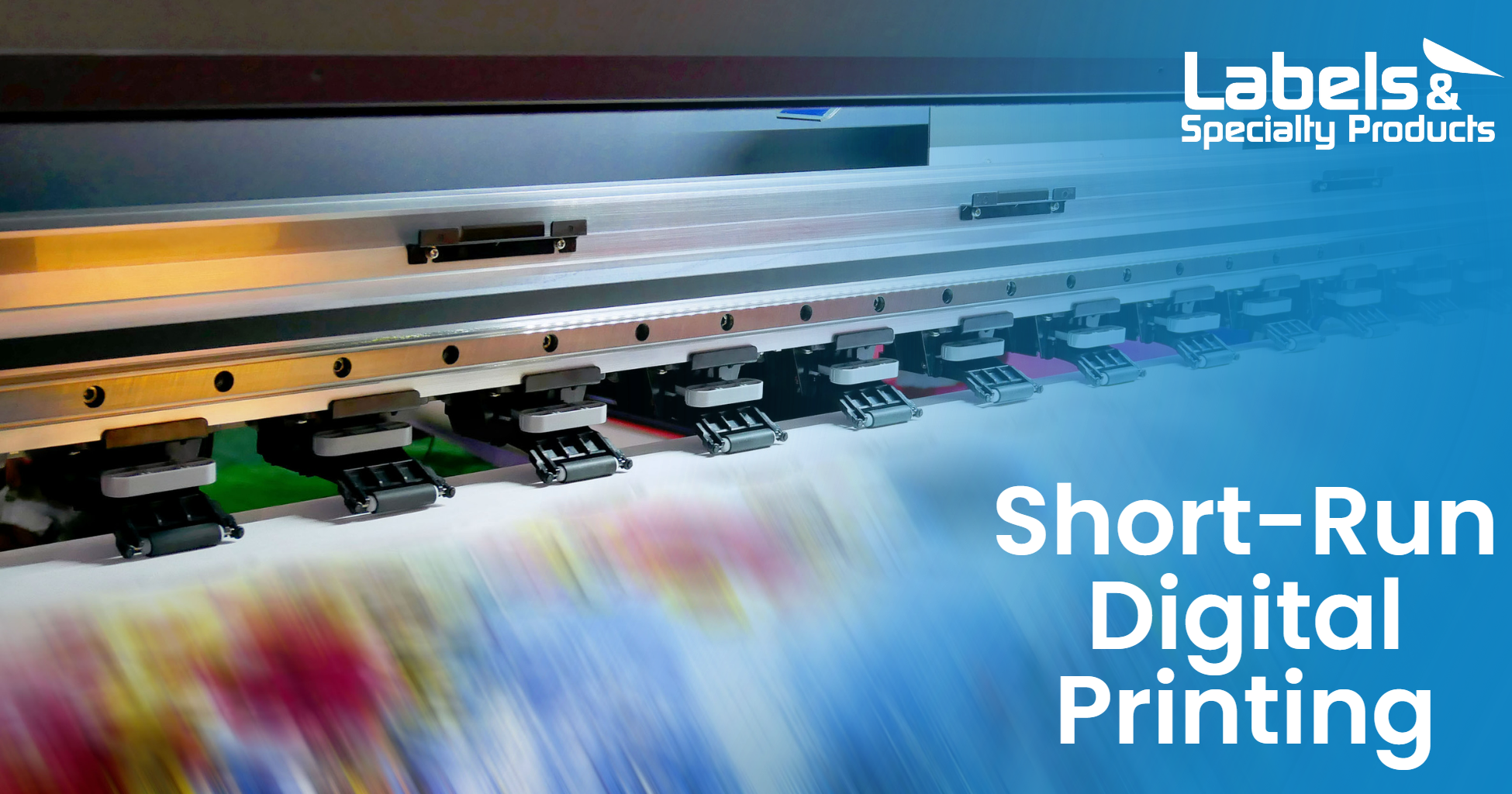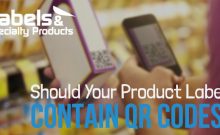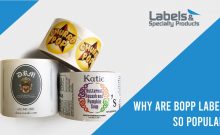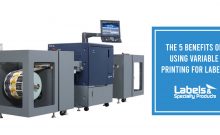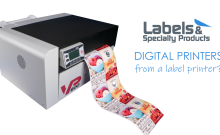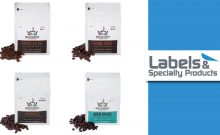In recent years, short to medium-run print jobs have become more prevalent. Brand owners are not only in need shorter turnaround times. They require affordable digital label printing with the ability to adapt text and graphics for smaller audiences or even from one label to another.
Two common print methods are used to produce custom product labels: conventional (often referred to as flexo) and digital printing. While both have their advantages, brands as well as label partners must consider several key factors when choosing the print method best suited to the project.
Conventional: How Does It Work for High-Volume Runs?
Conventional printing operates much like a giant rubber stamp. Before label production begins, custom print plates must be manufactured for the specific project. Once assembled on press, ink is applied to the raised areas of the plate which rotate to transfer the image to the label.
With this method of printing, most of the cost lies upfront in the machine set-up time and print plate manufacturing. So the more labels ordered, the less expensive each label becomes as that cost is distributed over a higher volume. For high-volume orders, conventional label printing will provide better lead times and more economical pricing.
Another aspect of conventional printing is allowing for more unique projects. With the ability to print different textures, colors and bring materials together, conventional offers the capabilities to create many complex labels that can truly stand apart from competition.
Digital Label Printing: Advantages for Short to Medium Runs
If you’re running a large label order, conventional may be a practical choice. But if you’re promoting a seasonal product or in need of variable printing, personalized graphics or specific volumes across several SKUs, digital print is likely the most affordable option for your project. Here’s how your short to medium-sized label run could benefit.
-
Cost Efficiency
The strongest argument in favor of digital label printing is affordability. Digital printing does not require printing plates, which means there are very little setup costs.
-
Faster Turnarounds
No printing plates also means that label printers can work much faster. When beginning a new job, print operators simply have to locate the corresponding file. Conventional printers not only require manufactured printing plates, they also require careful ink management and need to be reconfigured for every new printing job.
-
Digital Presses Allow You to Make Future Changes
One of the best features of digital label printing is flexibility. As your product line develops, you might choose to update your label’s artwork. Even the smallest change on conventional (i.e. changing a letter or adding a color) could cost you excess plate charges.
Because plates aren’t required with digital, you can easily modify your design and submit revised artwork. These can be printed with no additional plate charges. This is particularly ideal for start-up brands or series runs that have several SKUs.
-
Digital Print Offers Flexibility for Seasonal Marketing Campaigns
Brands that frequently integrate short-run or seasonal marketing campaigns into their packaging often prefer digital print over conventional because of its flexibility. Variable data printing is a form of digital on-demand printing. Brands can change elements such as text, graphics and images from one printed piece to the next without stopping or slowing down the printing process. Because the data derives from a database or external file, the elements can vary based on region or product.
-
Packaging Sustainability
Conventional printing often creates material waste as a byproduct of the setup process – the print operator must dial in the color and align the plates to ensure the label is correct.
But with digital label printing, waste is minimal. Without extra setup, there’s virtually no procedural waste. You can also order an exact number of labels to fulfill production.
Find a Printer with Quality Digital Printing Technology
Digital printing isn’t right for every project, but it offers high-quality color consistency and vibrancy that help speak for your brand. Food and beverage packaging and household/ personal care products can benefit from digital’s ability to save both time and money. Contact us today to discuss your project and learn more about our high-speed, 7 color digital printing technology!
